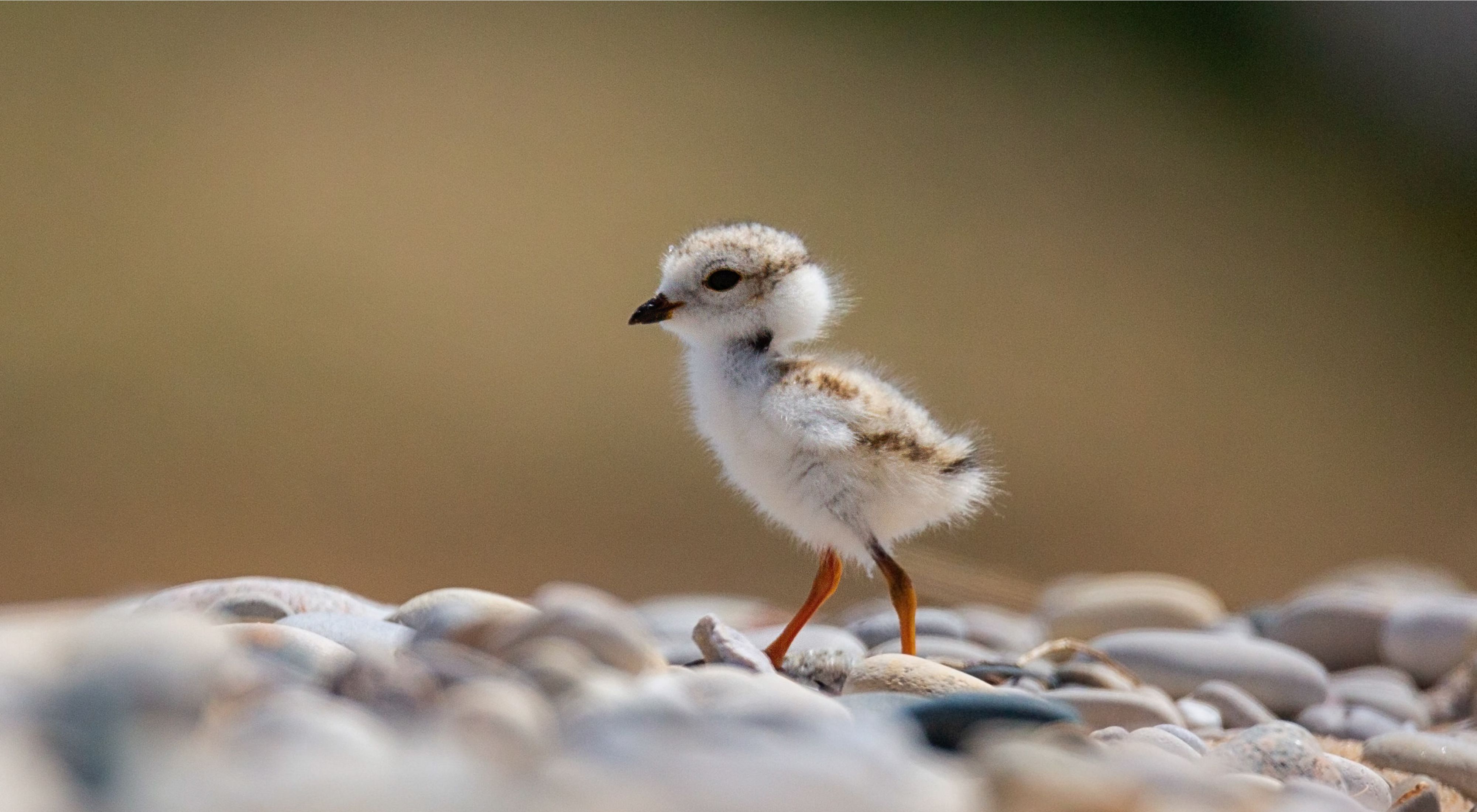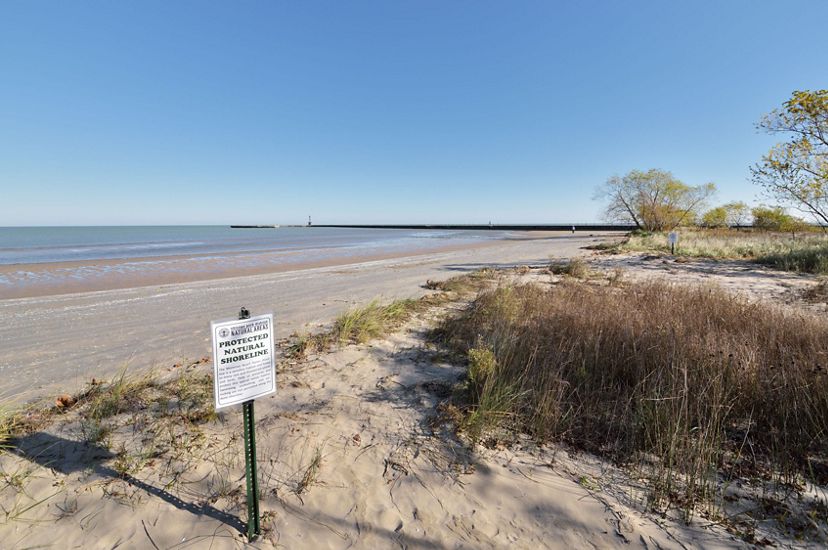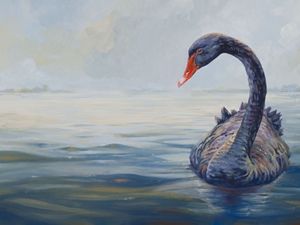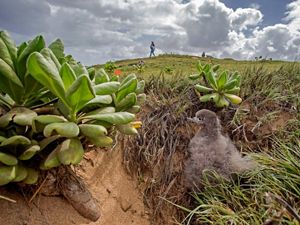In 2019, two shorebirds nicknamed Monty and Rose became the first piping plovers to successfully nest in Chicago, Illinois in more than a half century. Their arrival sparked a flurry of curiosity and concern as thousands followed their efforts to build a family near the dunes of Montrose Beach, a restored natural habitat adjoining one of the Chicago’s most popular beaches.
Nature Conservancy Magazine
Our award-winning magazine combines fascinating reporting with world-class photography as we cover TNC's conservation work. Read the Magazine.
A Habitat Reborn
The effort to return the plovers to Chicago, though, began two decades before that summer frenzy when volunteer steward Leslie Borns noticed a small miracle on the beach: a few stalks of lakeshore rush. The grass-like plant—possible habitat for the threatened bird—hadn’t been seen in Chicago in decades.
“It seemed like the beach was trying to tell us something, and I wanted to protect and preserve that process,” Borns says. Together with the Chicago Park District, Borns spent years rallying volunteers to preserve the rare dune ecosystem and unique bird habitat that was being reborn there.
As this corner of the beach rebounded, so did its flora and fauna—nesting sandpipers, snowy owls, native orchids and rushes all thrived. Today, Montrose Beach Dunes is home to 23 state-listed plant species, 11 nesting bird species and a globally rare wetland type called a panne. Volunteers continue to work here. The Nature Conservancy now helps organize the effort through a shared staff position with the Chicago Park District.
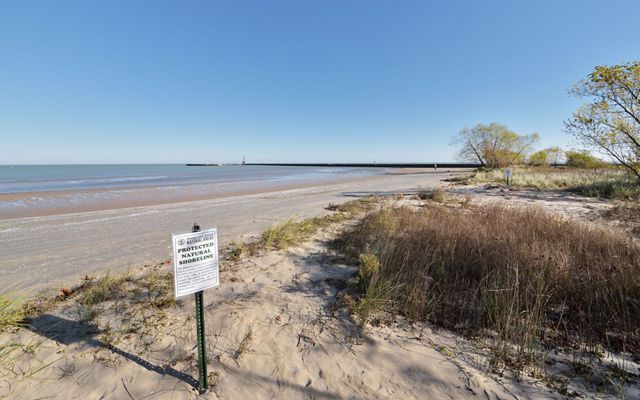

The Plovers Return
It was no coincidence Monty and Rose chose Montrose Beach to make their lakeside home. Piping plovers require wide, flat, sandy beaches for nesting. In other words, they need the part of the beach that’s also popular with people. This vulnerability is one reason their numbers have dwindled across the Great Lakes.
Last summer, their shallow nest—not much more than a small dip in the sand—was exposed to off-leash dogs, hawks, rogue volleyballs and unprecedented flooding. A legion of volunteers stepped in to protect the nesting pair. Through coordination by U.S. Fish and Wildlife Service, Illinois Department of Natural Resources and local birding groups, about 200 “plover watchers” worked around the clock to guard the couple, even using infrared camera surveillance to monitor the nest at night.
With thousands in the Windy City cheering them on, two of Monty and Rose’s chicks migrated south in August.
If the birds return to Montrose to nest again this year, a large local fan base awaits. Illinois Gov. J.B. Pritzker has proclaimed Nov. 18 “Piping Plover Day,” and Monty and Rose have inspired a documentary and at least one original musical composition.
“It was amazing to see how people came together to help these birds,” says Noël Rozny, a Nature Conservancy staffer who assisted with the volunteer effort. “In a time when we’re facing such big threats to nature, I think people were happy they could do something to help these little birds. It was the love story everyone needed.”
A version of this story ran in Nature Conservancy magazine’s spring 2020 issue. Read more from the magazine.
